Badshahi Mosque
About 97% of Pakistanis are Muslims, so we start our journey in a religious place. The Badshahi Mosque is a Mughal-era mosque, in the past it was also used for military purposes. The mosque is located west of Lahore Fort along the outskirts of the Walled City of Lahore, and is widely considered to be one of Lahore's most iconic landmarks. It has a capacity for 100,000 worshipers. To visit this place you have to enter without shoes and if you are a woman you should cover your hair.
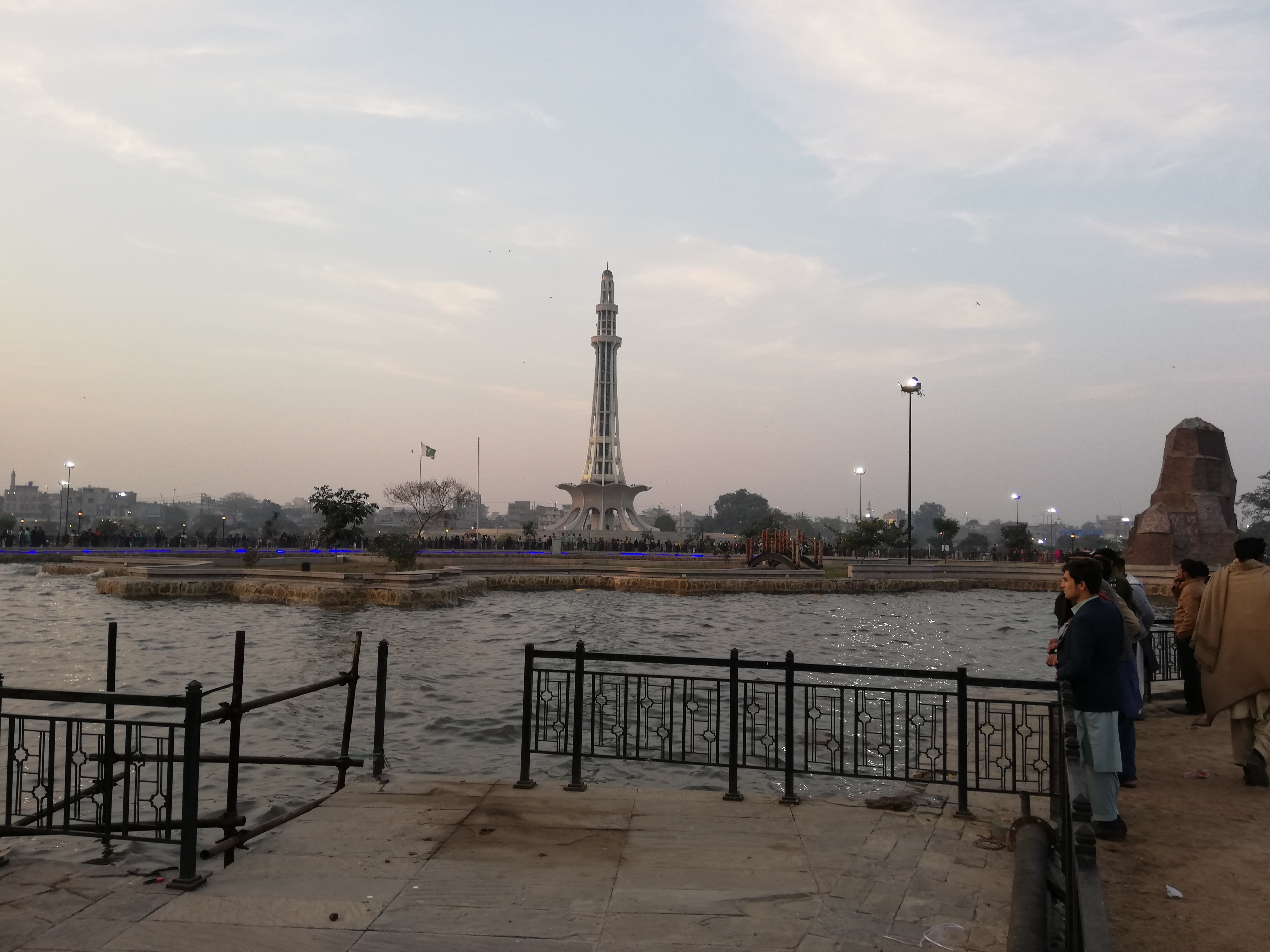
Minar-e-Pakistan
Minar-e-Pakistan is a national monument located in Lahore. The tower was built between 1960 and 1968 on the site where the All-India Muslim League passed the Lahore Resolution (which was latter called Pakistan Resolution) on 23 March 1940 - the first official call for a separate and independent homeland for the Muslims of British India, as espoused by the two-nation theory. The resolution eventually helped lead to the emergence of an independent Pakistani state in 1947.
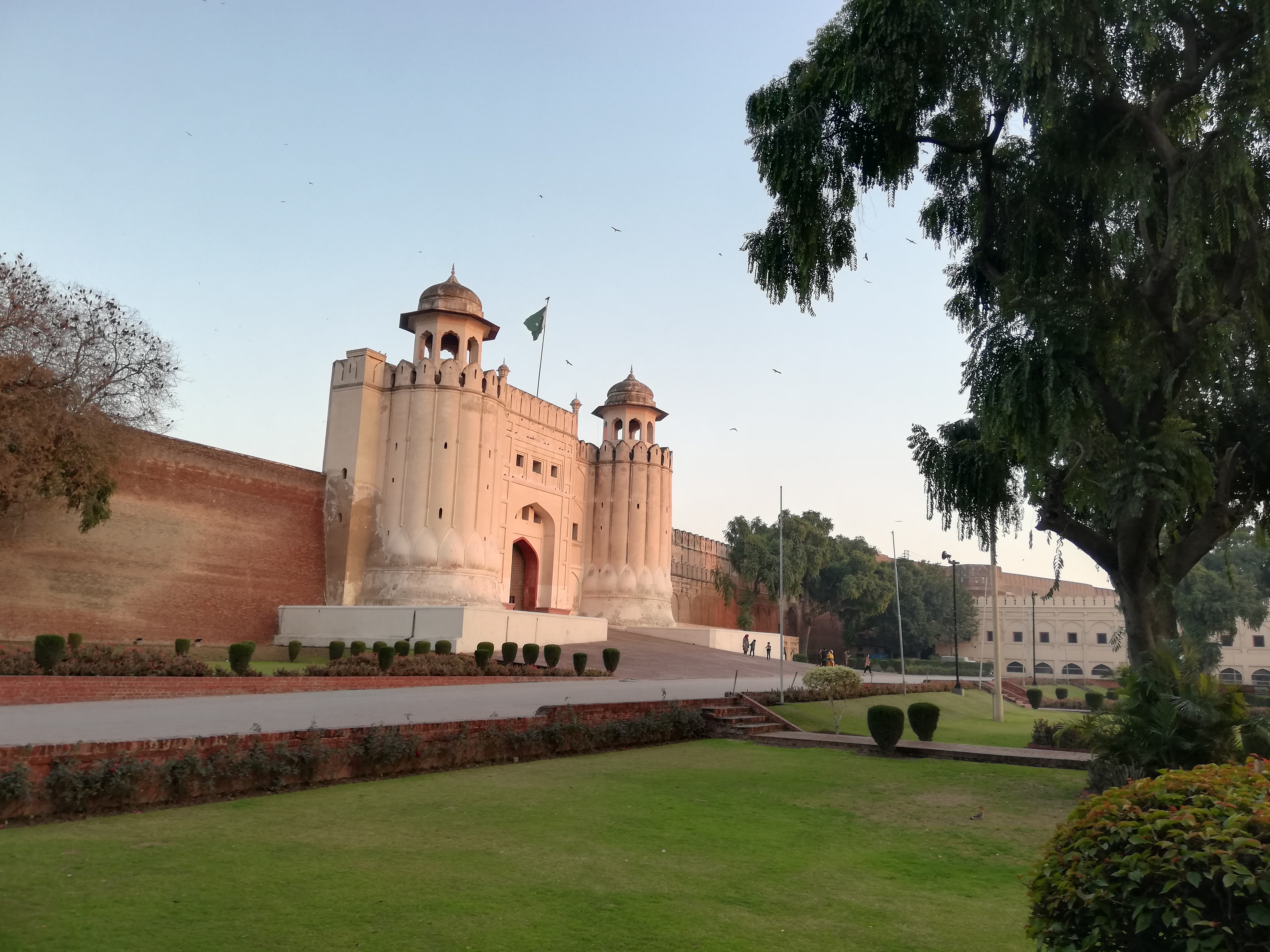
Lahore Fort
The Lahore Fort is a citadel in the city of Lahore. The fortress is located at the northern end of Walled City of Lahore (also known as Old City). In the 16th century, Lahore became Mughal Emperor Akbar’s capital and in circa 1580 he established the Lahore Fort as it is known today. The Alamgiri Gate of Lahore Fort was built by the Mughal Emperor Aurangzeb Alamgir in 1673. It is the main entrance to the Lahore Fort from west facing Badshahi Mosque. The huge arched entrance in the centre was designed to allow the emperor’s elephant mounted caravan to pass through.
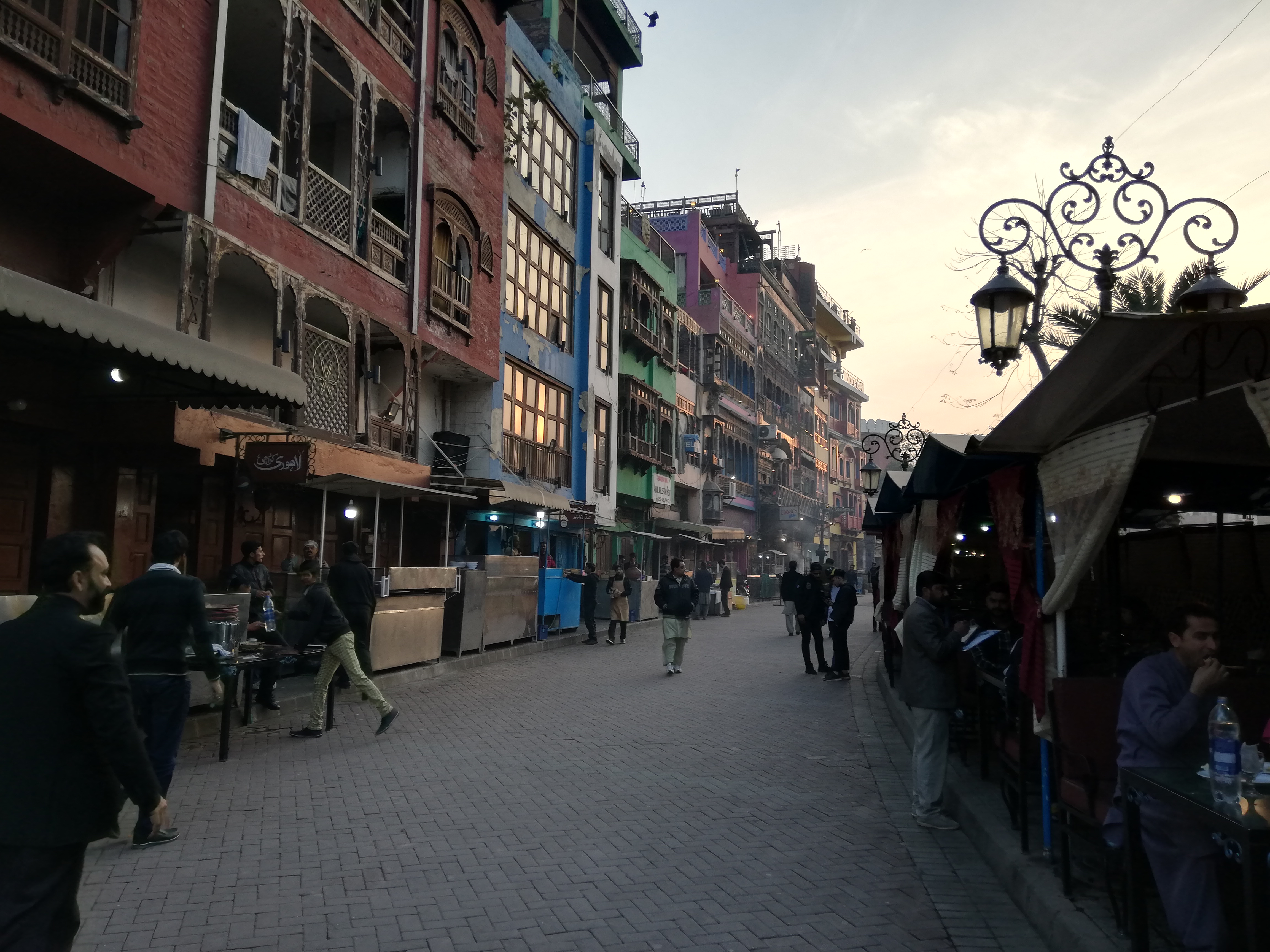
Fort Road Food Street
Fort Road Food Street is a food street located on the Fort Road within the Walled City of Lahore. The street has colourful lights and views of Badshahi Mosque. The street was reconstructed and opened in 2012 as a tourist attraction. I especially recommend visiting the Haveli restaurant which offers an outstanding view of Badshahi Mosque, delicious food and Pakistani music played live.
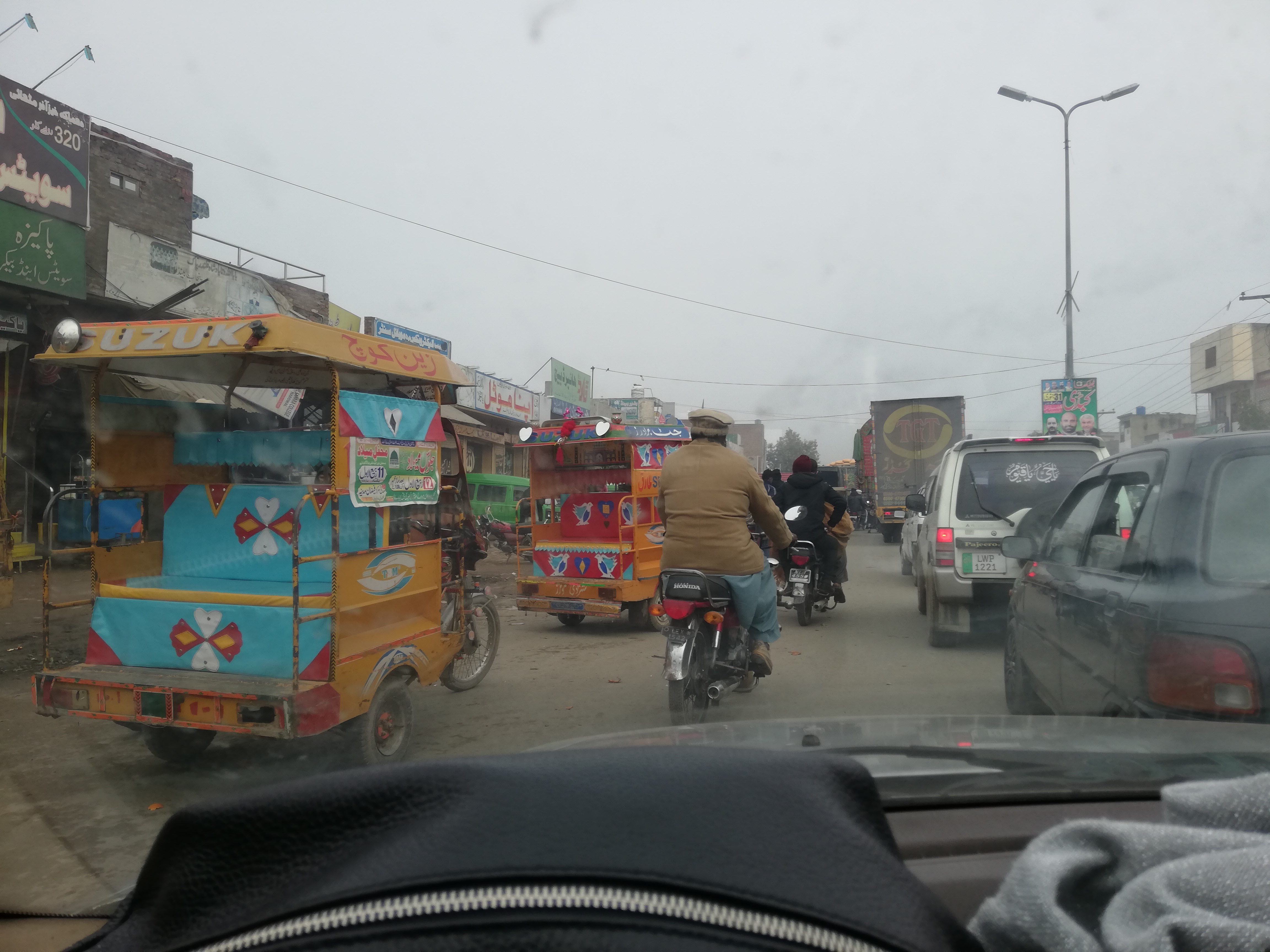
Streets of Lahore
People in Pakistan drive on the left side of the road because Pakistan is a former British colony. On the streets you can see mostly motorbikes and rikshas. Traffic is very high and drivers communicate with each other mostly by horn. Some ease for traffic creates Lahore Metrobus and Lahore Metro (only one line). It is important to note that Lahore is home to more than 11 million people and has one of the most polluted air in the world. Air pollution in Lahore is caused by a combination of vehicle and industrial emissions.
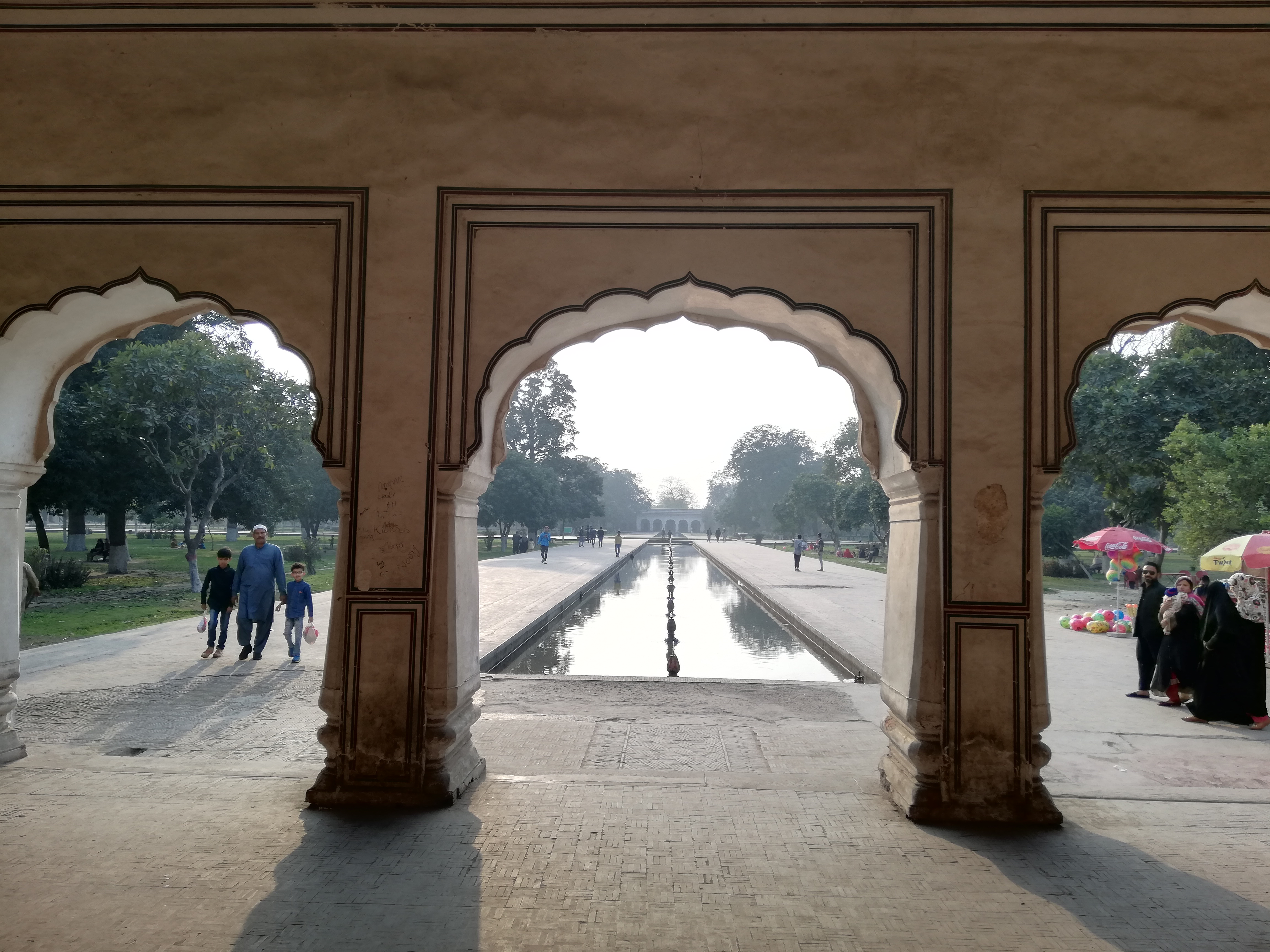
Shalamar Garden Lahore
Shalamar Garden Lahore is a Mughal garden complex located in Lahore. The gardens date from the period when the Mughal Empire was at its artistic and aesthetic zenith, and are now one of Pakistan's most popular tourist destinations. The construction of these gorgeous gardens dates back to 1637 AD. Shah Jahan, the fifth Mughal emperor, ordered these pleasure gardens to be built in the Persian style. The Shalamar Garden Lahore contains 410 fountains, which discharge into wide marble pools.
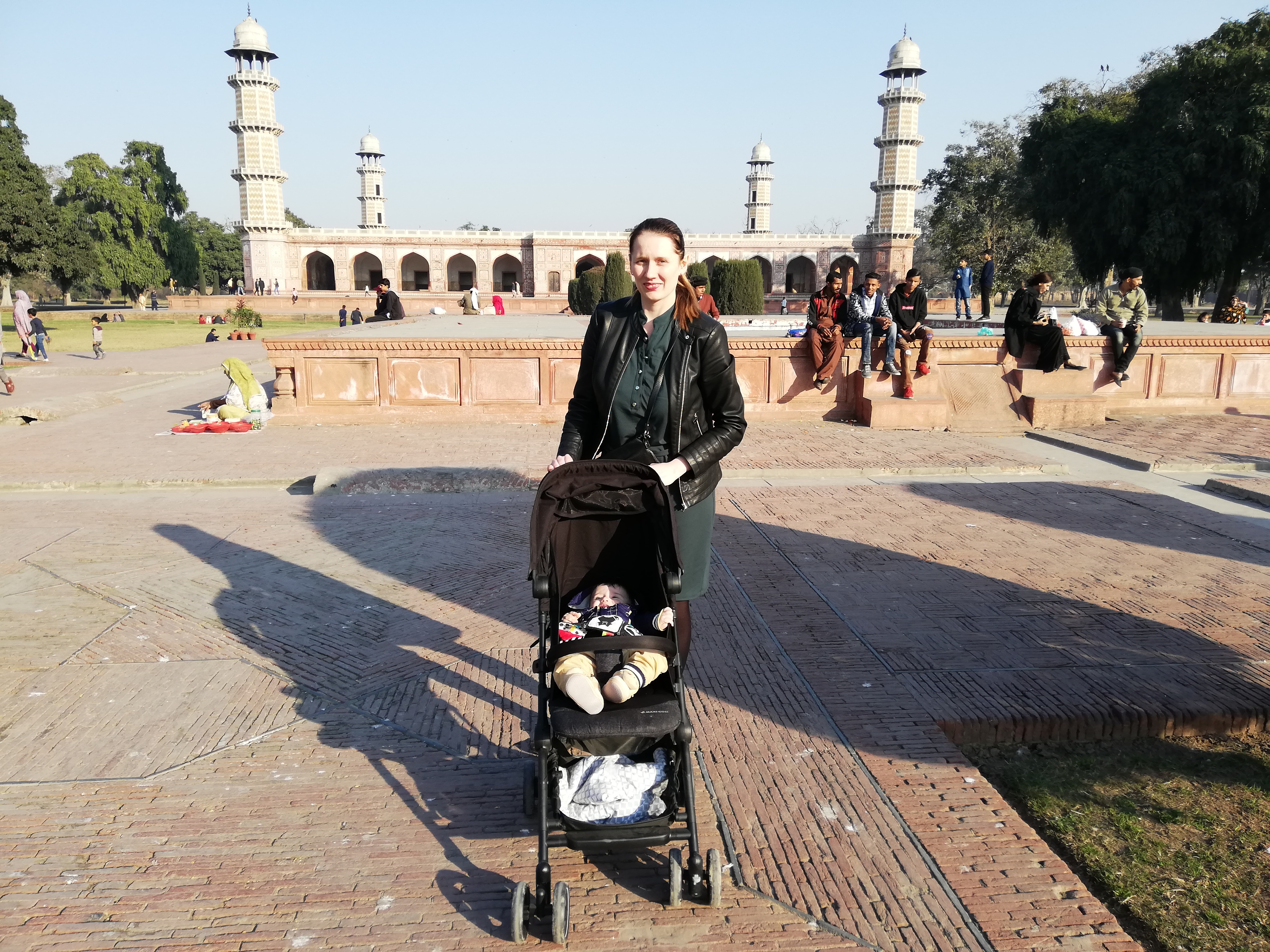
Tomb of Jahangir
The tomb of Jahangir is a 17th-century mausoleum built for the Mughal Emperor Jahangir. The mausoleum dates from 1637, and is located in Shahdara Bagh in Lahore, along the banks of the Ravi River. Construction of the mausoleum lasted 10 years. Dilkusha Garden in which Jahangir was buried was a "favourite spot" of him and his wife Nur Jahan, when they lived in Lahore. The image of this tomb appears on the 1,000 rupee banknote.
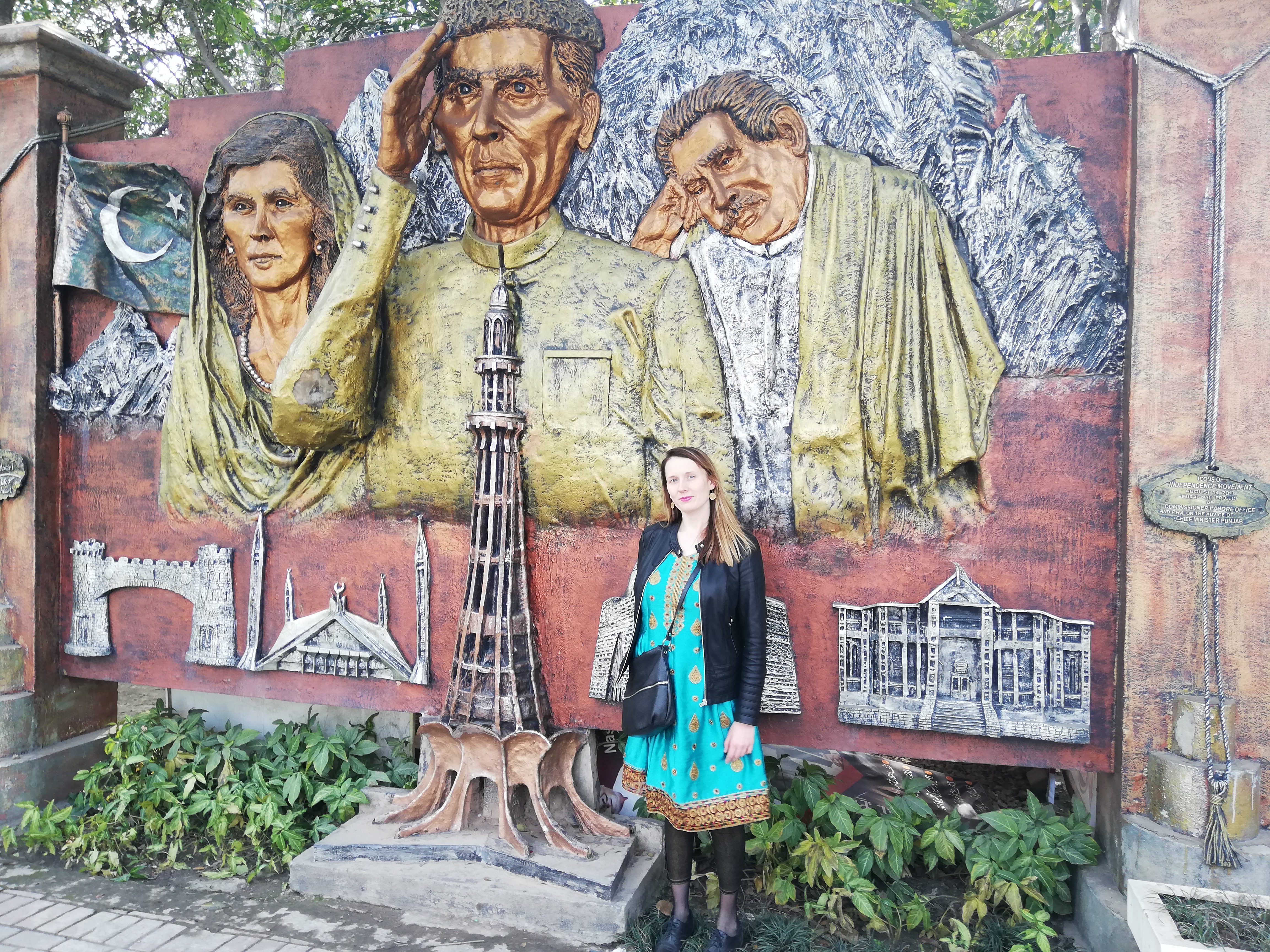
Wall mural in Lahore featuring founders of Pakistan
Muhammad Ali Jinnah, Fatima Jinnah and Allama Iqbal are considered as the founders of Pakistan, all of them were strong advocates of two-nation theory - that Muslims are a distinct nation and thus deserve political independence from other regions and communities of India. Currently, Allama Iqbal International Airport in Lahore is the second largest civilian airport by traffic in Pakistan.
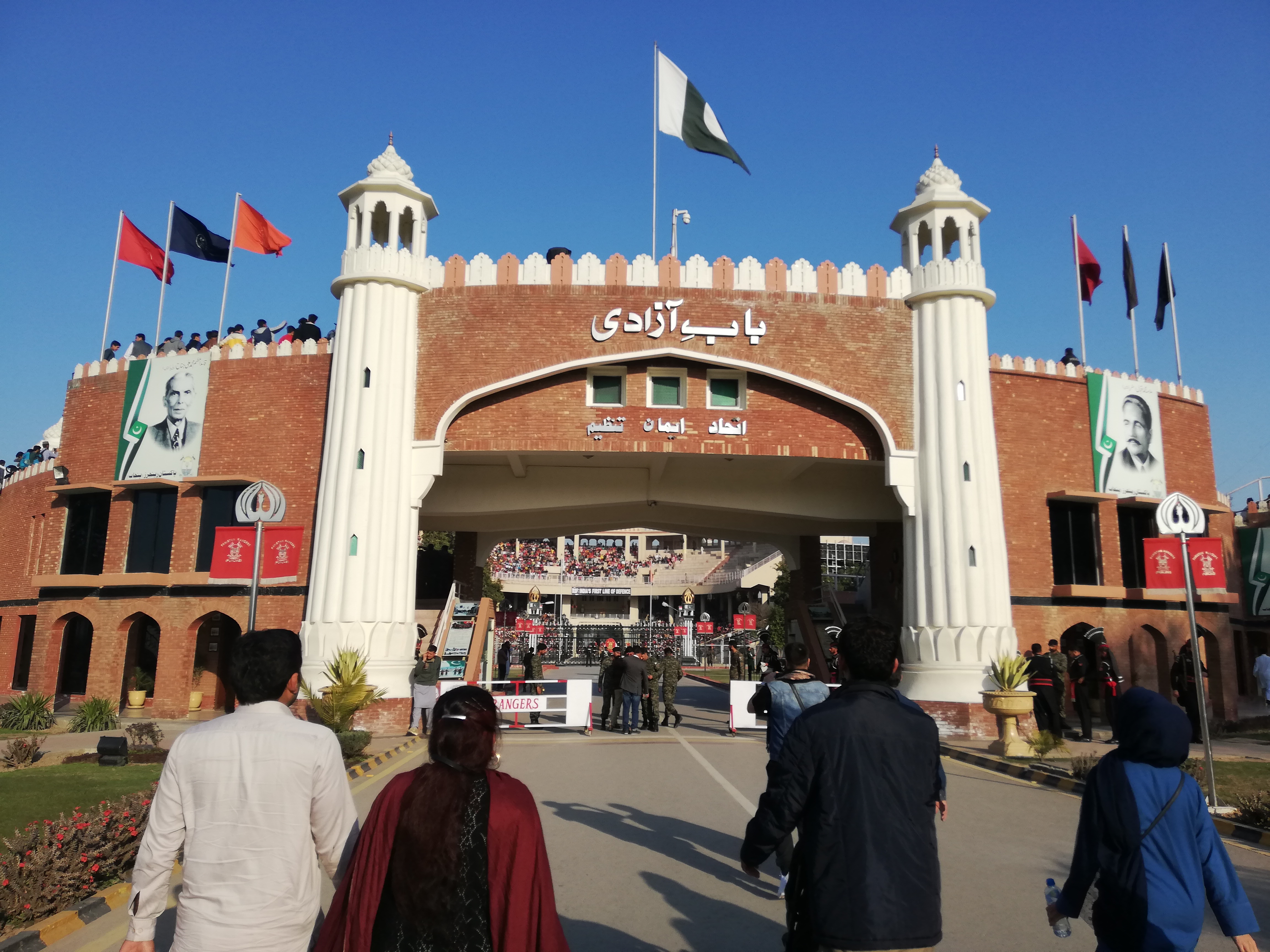
Wagah-Attari border ceremony
The lowering of flags ceremony at the Attari-Wagah border is a daily military practice that the security forces of India (Border Security Force) and Pakistan (Pakistan Rangers) have jointly followed since 1959. The drill is characterised by elaborate and rapid dance-like manoeuvres and raising legs as high as possible. It is alternatively a symbol of the two countries’ rivalry, as well as brotherhood and cooperation between the two nations.
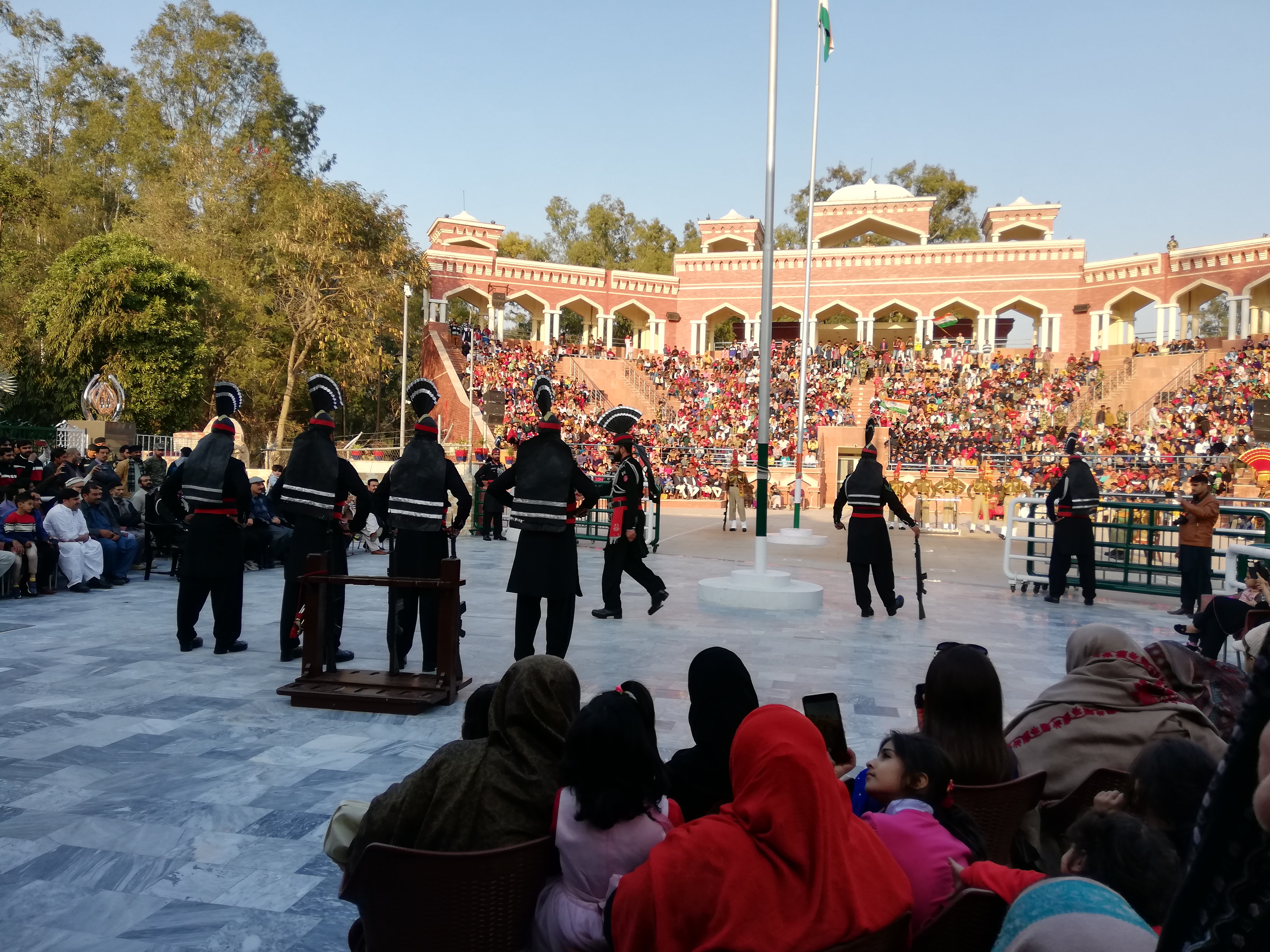
Ganda Singh Wala
Ganda Singh Wala is a village in Kasur District in the Punjab, Pakistan. Until 1986, it served as the main border crossing between Pakistan and India. Since 1970 a daily 6 pm Beating Retreat Border Ceremony is jointly held at the border crossing by the military of both nations. It is similar to the Attari-Wagah border ceremony. Attendees are seated close by, as compared to Wagah where crowds are kept far apart.
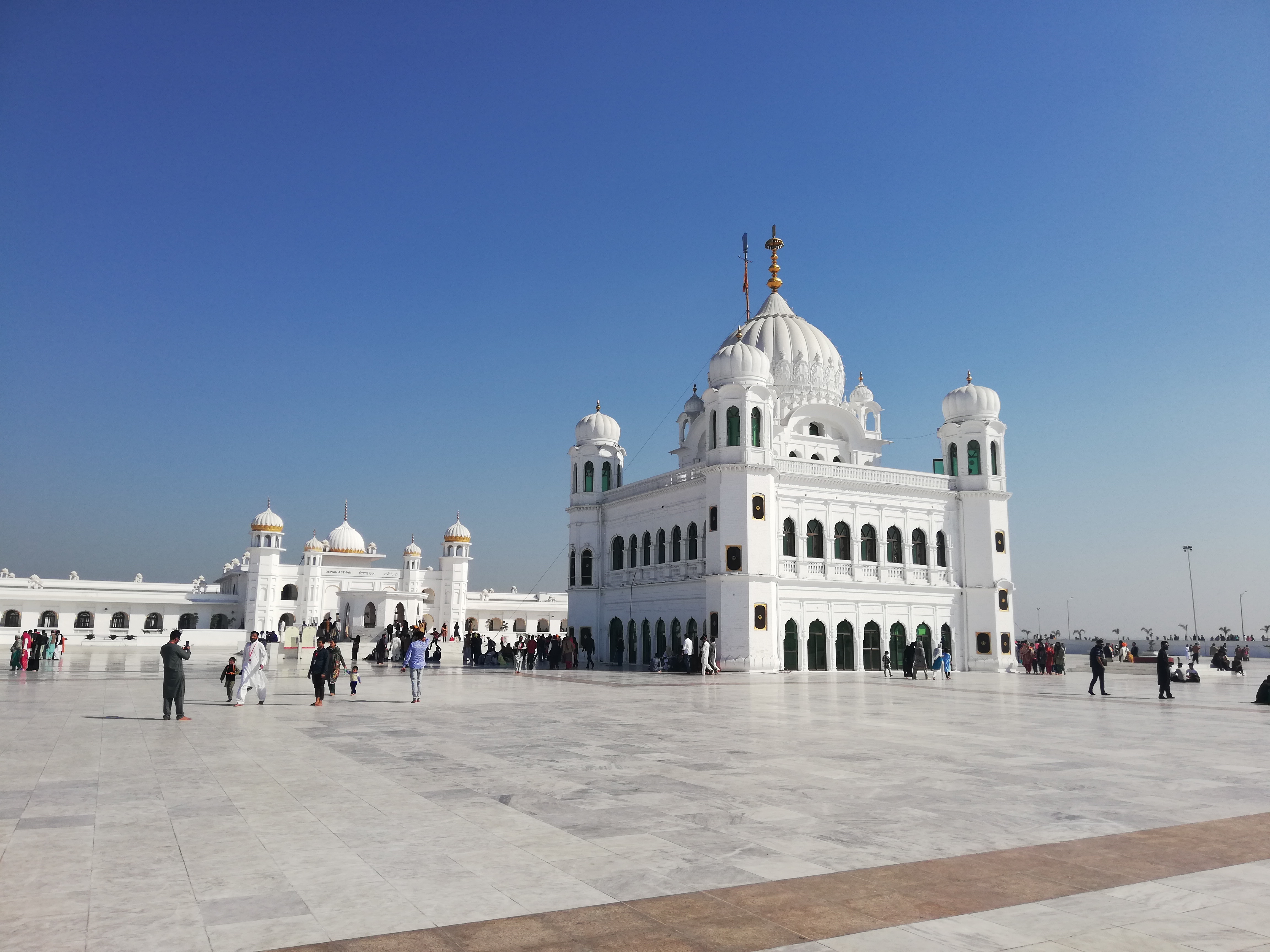
Kartarpur Sahib
Kartarpur Sahib is a gurdwara in Kartarpur, located in Shakargarh, Narowal District, in the Punjab province of Pakistan. Gurdwara is a place of assembly and worship for Sikhs. It is built on the historic site where the founder of Sikhism, Guru Nanak, settled and assembled the Sikh community after his missionary travels. There is a visa-free border crossing which allows devotees from India to visit the gurdwara in Kartarpur, which is 4.7 kilometres (2.9 miles) from the India–Pakistan border on the Pakistani side.
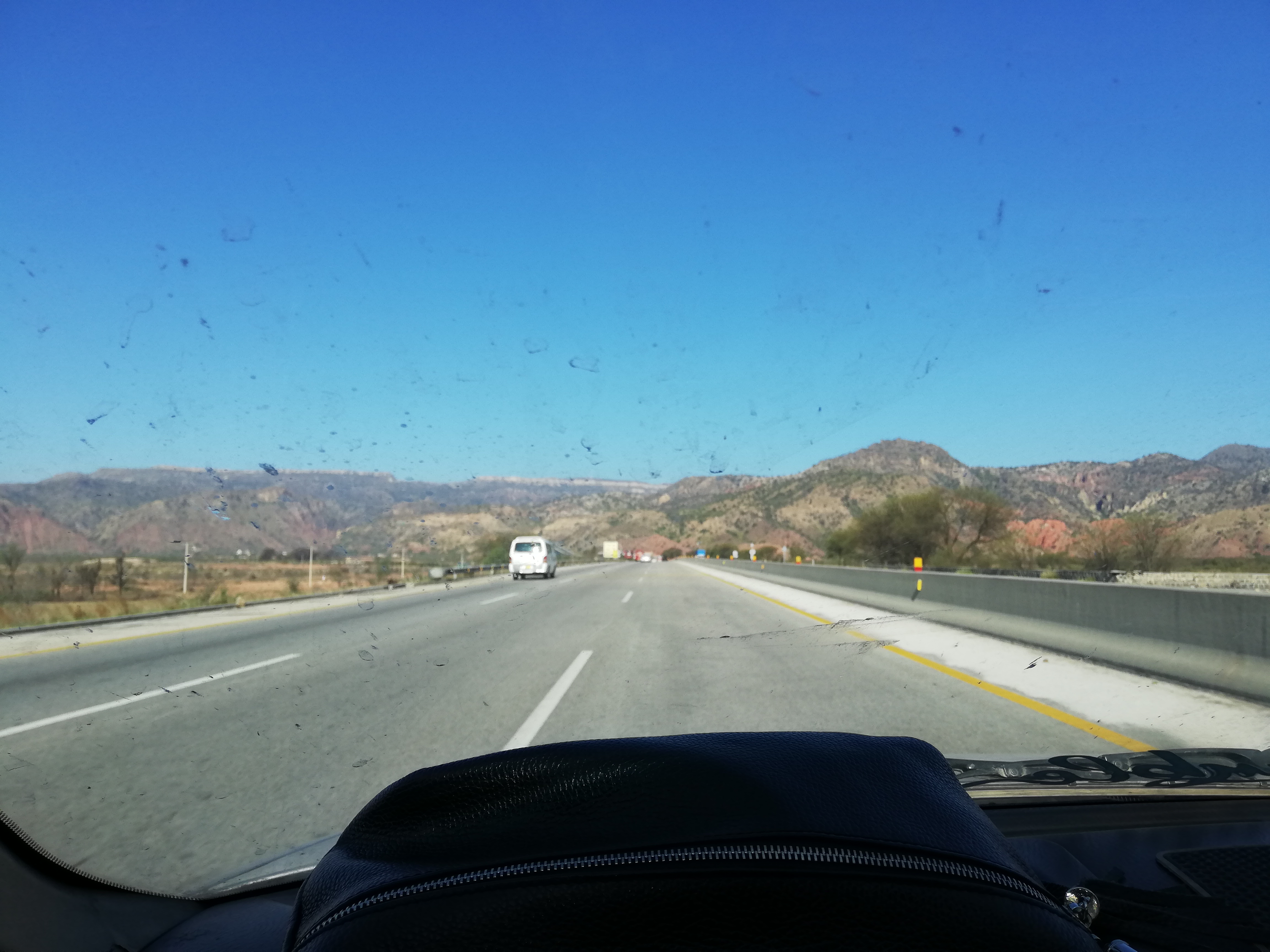
The M-2 motorway
The M-2 motorway is a north–south motorway in Pakistan, connecting Islamabad (the capital city of Pakistan) to Lahore, and is the first motorway to have been built in South Asia. The motorway passes through the Salt Range mountains. The Salt Range is a hill system in the Punjab province of Pakistan, deriving its name from its extensive deposits of rock salt. In this place is located the second-largest salt-mine in the world — the Khewra Salt Mine. Pakistan today contains one of the world’s largest salt deposits. And this is the last stop of our trip. I hope that it was a nice experience for you.
